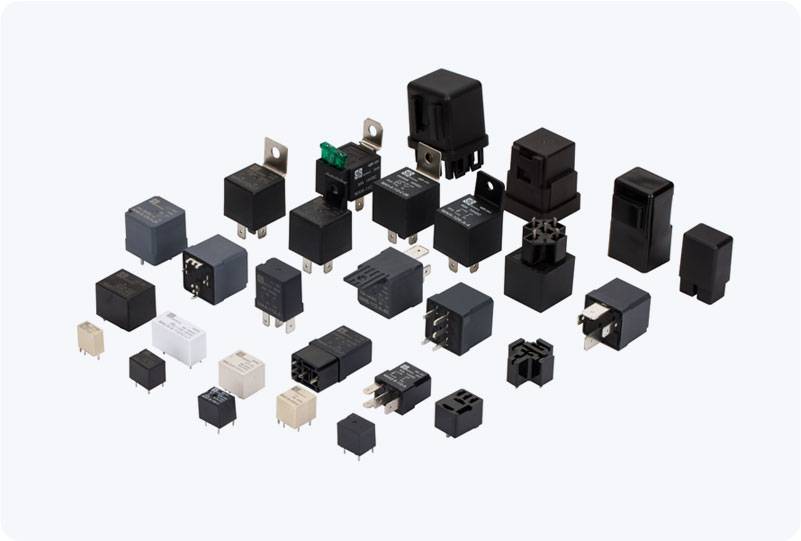In automotive electrical systems, the 12V automotive relay plays a pivotal role in controlling high-power circuits with low-power control signals. This small yet crucial component is used to regulate power to various electrical systems, such as lights, fans, and even the vehicle’s starter motor. In this article, we will explore the functions, types, and common applications of the 12V automotive relay, helping you understand why this device is indispensable in modern vehicles.

What is a 12V Automotive Relay? A 12V automotive relay is an electromechanical switch designed to control high-current electrical circuits using a low-current signal. The term “12V” refers to the voltage typically used in most vehicle electrical systems, where 12V DC is the standard operating voltage for the vehicle’s electrical components. The relay works by using a small electric current to trigger a switch that allows a larger electric current to pass through a circuit. When a 12V signal is applied to the relay’s coil, it generates a magnetic field that pulls a movable arm or contact inside the relay. This action either closes or opens the relay’s switch contacts, enabling or disabling the flow of electricity to the connected device, such as a fan, light, or motor. This makes the relay essential for switching high-power components without requiring a bulky switch or manual intervention.